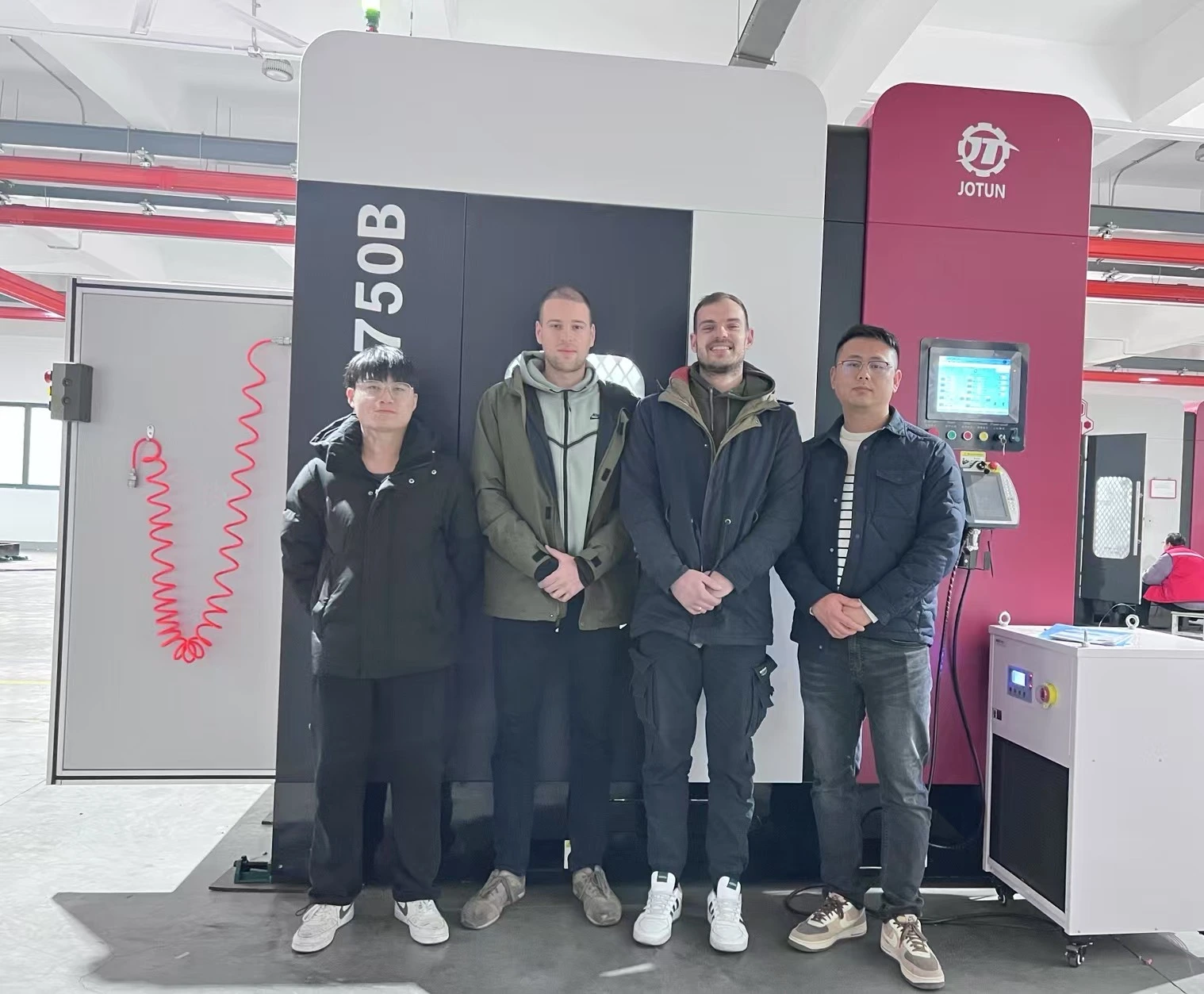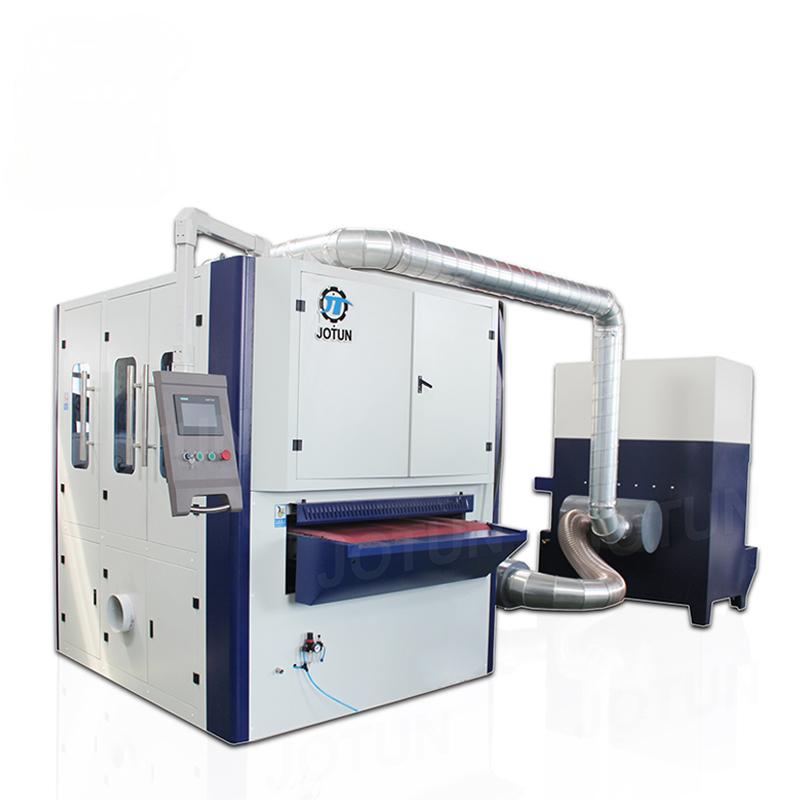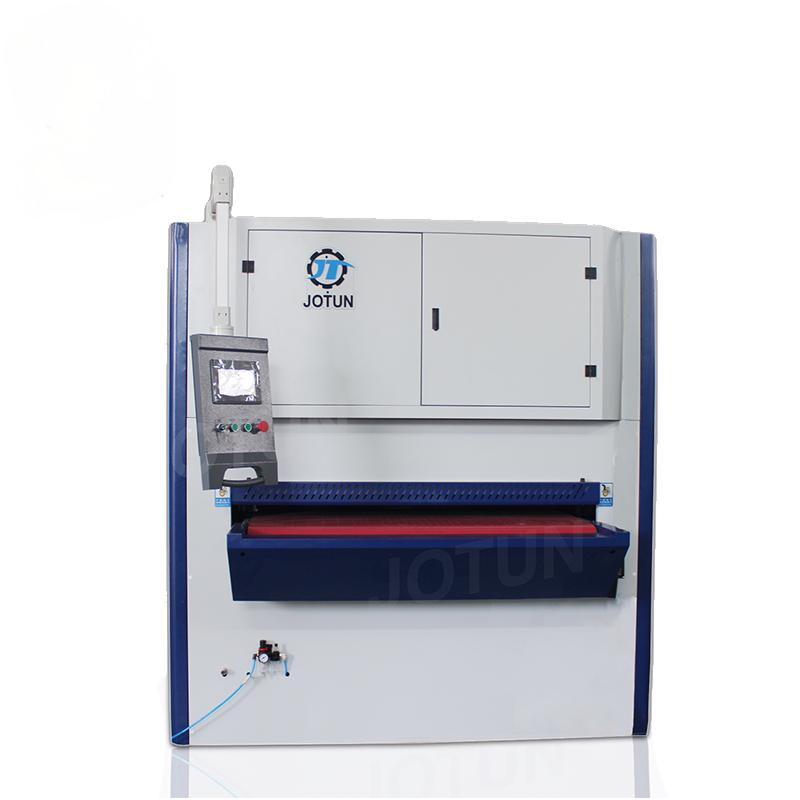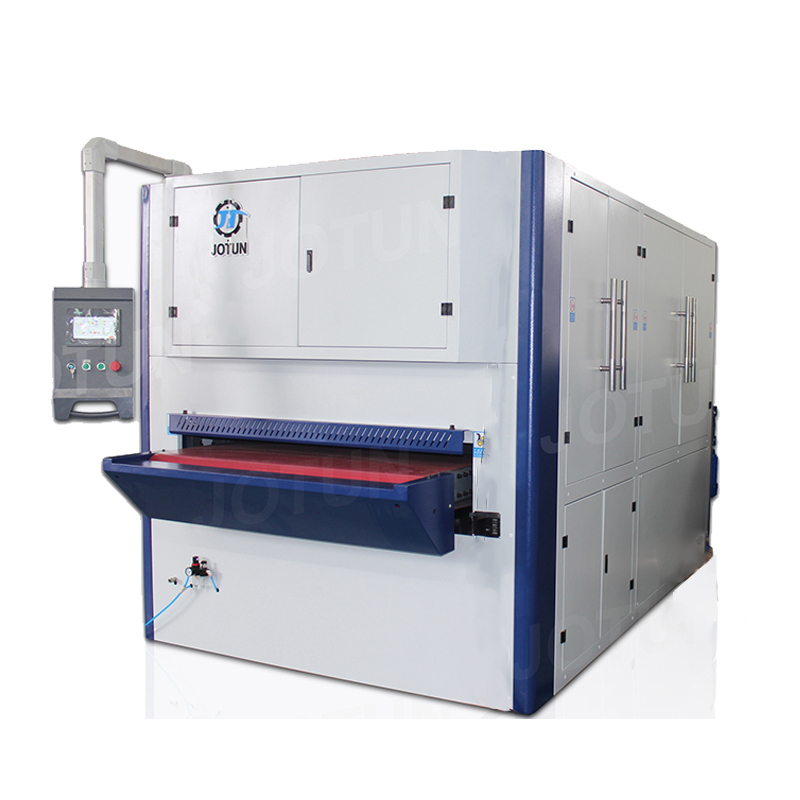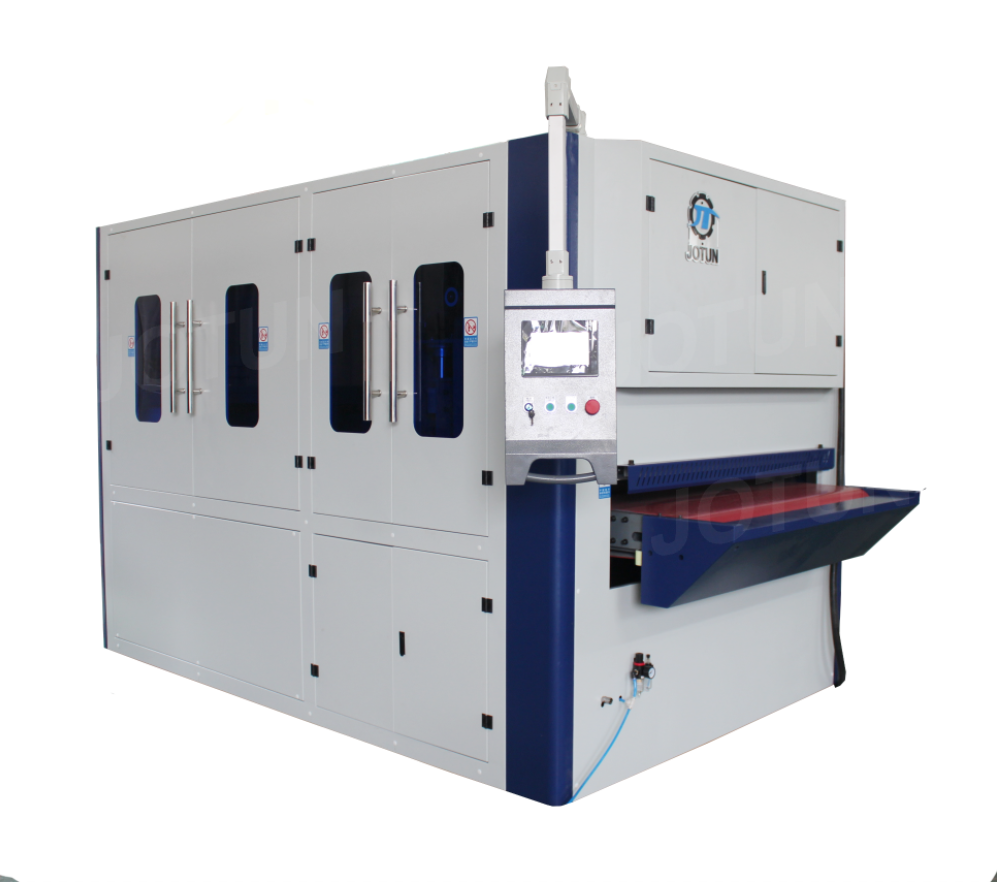In the world of metalworking, achieving smooth surfaces and precise holes is crucial for enhancing product quality and functionality. Deburring and reaming are two essential processes used in sheet metal applications to remove burrs and create accurate holes. In this article, we will conduct a comparative analysis of deburring and reaming, focusing on their purpose, tools, machinery, and applications. By understanding the differences between these processes, you can make informed decisions for your sheet metal projects.
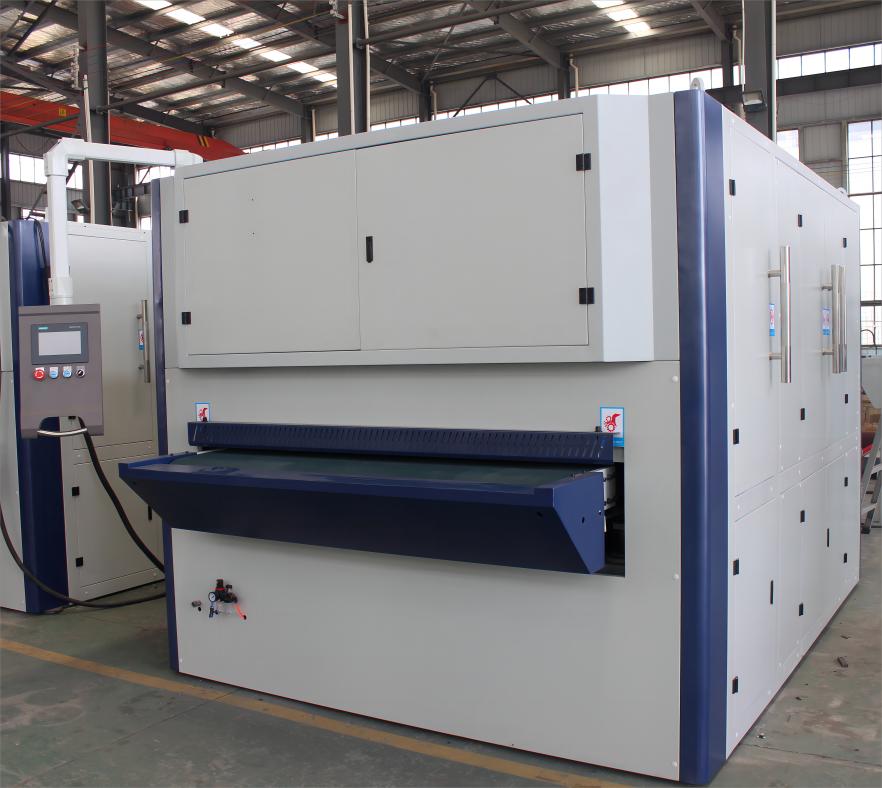
Deburring:
Deburring is the process of removing burrs, sharp edges, and imperfections from sheet metal after cutting, drilling, or machining. Burrs not only compromise the aesthetics of the final product but can also cause safety hazards and negatively impact functionality. Deburring ensures a smooth and polished surface, improving both appearance and performance.
1. Tools and Machinery: Deburring can be performed manually using handheld tools such as files, abrasive cloths, or sandpaper. However, for large-scale operations or complex parts, automated deburring machines are highly efficient. These machines utilize various methods, including grinding, tumbling, or brushing, to remove burrs quickly and consistently. Specifically, a deburring machine for sheet metal is designed to effectively remove burrs from sheet metal surfaces, providing high-quality results.
2. Applications: Deburring is widely employed in industries such as aerospace, automotive, and electronics, where precise finishing is critical. It is essential for applications that require smooth surfaces, such as medical devices, electrical components, or automotive parts.
Reaming:
Reaming is the process of enlarging an existing hole or creating precise and smooth holes in sheet metal. Unlike drilling, which may leave rough edges and burrs, reaming ensures consistent hole diameter and surface finish. This process improves accuracy and facilitates the insertion of fasteners or other components.
1. Tools and Machinery: Reaming is typically performed using reamer tools, which consist of multiple flutes that cut away material as they rotate. The choice of reamer tool depends on the desired hole diameter and depth. Reaming can be done manually or with the assistance of machinery such as lathes or drill presses for increased efficiency and precision.
2. Applications: Reaming finds applications in industries such as aerospace, automotive, and machining, where precise hole size, shape, and finish are crucial. It is commonly used for creating holes for bearings, bushings, or bolts in sheet metal. Woodworking and plastic fabrication also employ reaming to achieve accurate hole dimensions.

Comparison between deburring and reaming:
Deburring and reaming serve distinct purposes in sheet metal applications. Deburring focuses on removing burrs, sharp edges, and imperfections from sheet metal surfaces. It is crucial for achieving smooth and polished surfaces, improving both aesthetics and functionality. Reaming, on the other hand, is used to create precise and smooth holes in sheet metal. It ensures consistent hole diameter and surface finish, facilitating the insertion of fasteners or components.
While deburring can be done manually using handheld tools, automated deburring machines offer efficient solutions for large-scale operations. These machines use various methods to remove burrs quickly and consistently. Reaming, on the other hand, relies on reamer tools with multiple flutes to cut away material and achieve accurate hole dimensions. Machinery such as lathes or drill presses can assist in the reaming process.
Both deburring and reaming find applications in industries such as aerospace, automotive, and machining. Deburring is essential for achieving precise finishing in applications that require smooth surfaces. Reaming is crucial for creating accurate hole dimensions for various components.
Deburring and reaming are vital processes in sheet metal applications, contributing to the overall quality and functionality of the final products. Deburring focuses on removing burrs, while reaming ensures precise and smooth hole creation or enlargement. Understanding the distinctions between these processes allows metalworkers to choose the appropriate methods, tools, and machinery for achieving optimal results in sheet metal projects.
As you embark on your sheet metal projects, consider the specific requirements of your application and consult with experts in the field to determine the most suitable approach. By utilizing deburring and reaming effectively, you can achieve high-quality results and enhance the performance and aesthetics of your sheet metal products.
As a trusted sheet metal deburring machine manufacturer, we not only provide top-quality deburring machines but also offer a comprehensive range of polishing machines. With our expertise and reliable solutions, we strive to be your preferred partner in metal surface finishing. Visit our website now to explore our products and enhance your sheet metal processing capabilities.



